
Главная страница Случайная страница
КАТЕГОРИИ:
АвтомобилиАстрономияБиологияГеографияДом и садДругие языкиДругоеИнформатикаИсторияКультураЛитератураЛогикаМатематикаМедицинаМеталлургияМеханикаОбразованиеОхрана трудаПедагогикаПолитикаПравоПсихологияРелигияРиторикаСоциологияСпортСтроительствоТехнологияТуризмФизикаФилософияФинансыХимияЧерчениеЭкологияЭкономикаЭлектроника
Person First Language
|
|
Time: 60 minutes
Source:
Materials: Person First Language table
Purpose: Participants will explore how effective communication can help portray a story to the media. Before you begin review what it means to have disability pride.
Directions: As participants prepare for their community service project they may want to acquire media coverage. This activity is to learn how to talk and write to reporters when talking about disability. People might be confused since we talked about disability pride. Have a discussion about difference when talking to people that portrays people with disabilities to greater community.
People First Language puts the person before the disability. People First Language describes what a person has, NOT who a person is!
Examples:
- Are you “myopic” or do you wear glasses?
- Are you “cancerous” or do you have cancer?
- Are you “freckled” or do you have freckles?
- Is a person “handicapped/disabled” or does she have a disability?
We want people with disability diagnoses to take part of our community in every way—doing all the kinds of everyday things most people take for granted. We want them to be respected and valued. This will not happen unless everyone uses the same kind of language used about people who do not yet have a disability diagnosis.
People First Language isn’t about being “politically correct.” It is, instead, about good manners and respect (and it was begun by individuals who said, “We are not our disabilities! ”).
We have the power to create a new way of looking at disability. In doing so, we’ll
change the lives of children and adults who have disability diagnoses—and we’ll also change ourselves and our world.
Have participants role play talking to media representatives using person first language.
Community Service Project
· In the large group review the three possible issues for the service project.
· Have the champions of each idea plan and produce a commercial skit for their issue.
· Make a group decision.
· Determine if you want to arrange a site visit
(At end of the day, ask for a pair of volunteers to lead tomorrow’s morning game.)

Week Two: Day Two Handouts
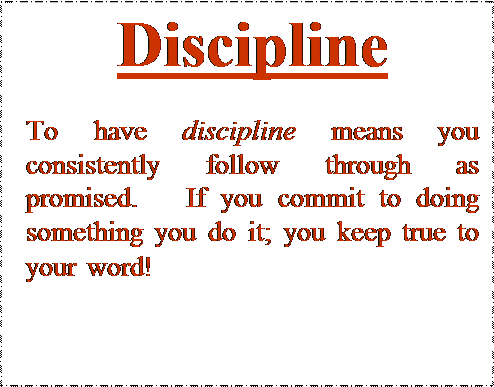

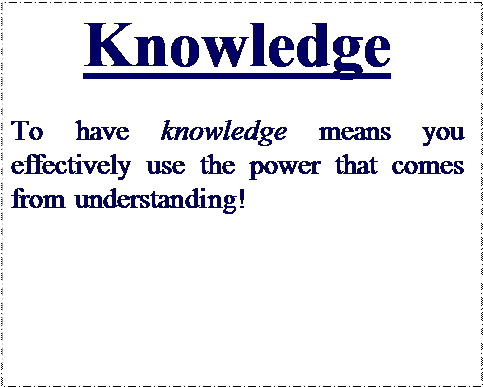

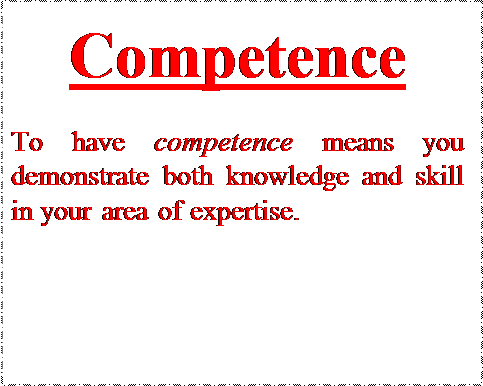
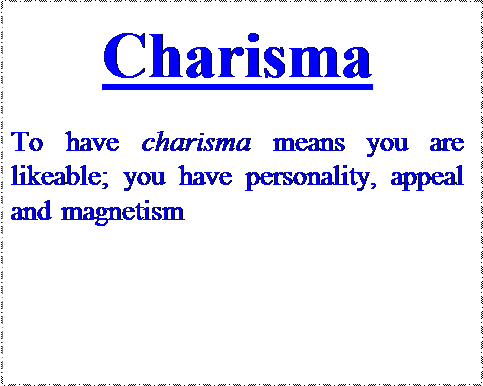


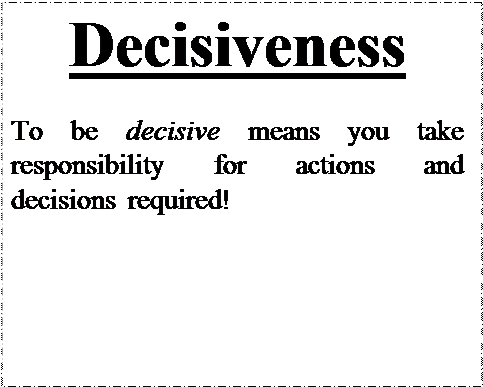
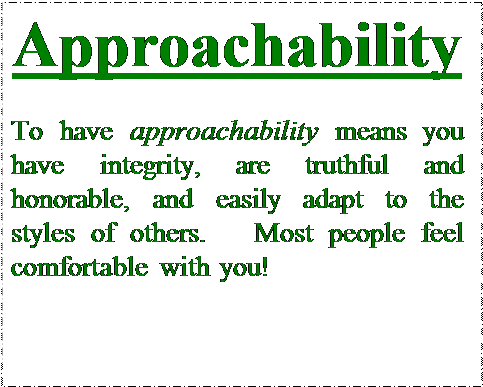 |
| Person First Language | |
| Say: | Instead of: |
| People with disabilities. | The handicapped or disabled. |
| He has a cognitive disability (diagnosis). | He’s mentally retarded. |
| She has autism (or an autism diagnosis). | She’s autistic. |
| He has a diagnosis of Down syndrome. | He’s Down’s. |
| She has a learning disability (diagnosis). | She’s learning disabled. |
| He has a physical disability (diagnosis). | He’s a quadriplegic/crippled. |
| She’s of short stature/she’s a little person. | She’s a dwarf/midget. |
| He has a mental health diagnosis. | He’s emotionally disturbed/mentally ill. |
| She uses a wheelchair/mobility chair. | She’s confined/wheelchair bound. |
| He receives special ed services. | He’s in special ed. |
| She has a developmental delay. | She’s developmentally delayed. |
| Kids without disabilities. | Normal or healthy kids. |
| Communicates with her eyes/device/etc. | Is non-verbal. |
| Customer | Client, consumer, recipient, etc. |
| Congenital disability | Birth defect |
| Brain injury | Brain damaged |
| Accessible parking, hotel room, etc. | Handicapped parking, hotel room, etc. |
| She needs... or she uses... | She has problems/special needs |